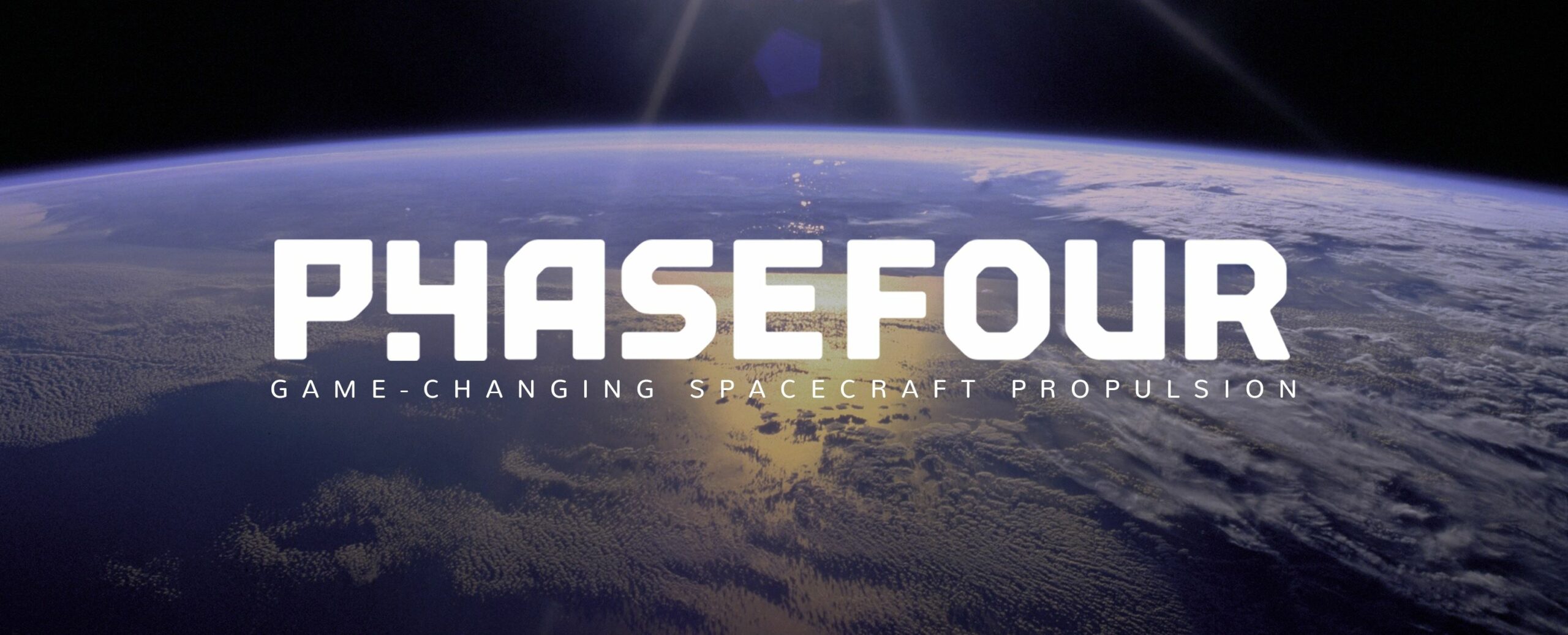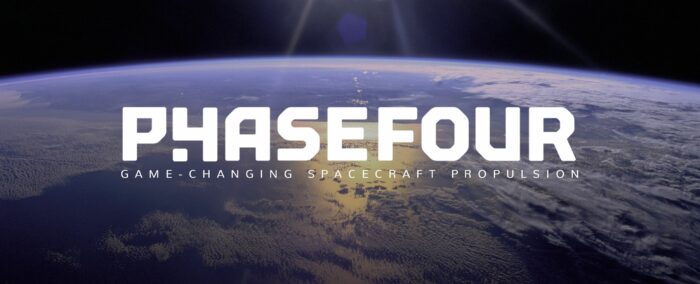By: Julia Seibert
Lawsuits and cage fights are so last century; these days, billionaires race each other to space to work out their differences. Elon Musk and Jeff Bezos’ respective space companies are now on the cusp of bringing their new megarockets online: SpaceX’s Starship and Blue Origin’s New Glenn. But while they might seem like competitors, these beasts serve different purposes that go beyond an Earthly rivalry – beating the other guy to a launch contract would just be a bonus. As New Glenn sits on the pad awaiting its maiden launch, here are some of their key differences.
New Glenn and Starship: Overview
New Glenn is a two-stage, heavy-lift, partially reusable rocket developed by Blue Origin. It’s designed to compete with the likes of SpaceX’s Falcon 9 and Heavy by launching governmental and commercial satellites and space missions. It’s also key to launching some of the company’s other projects, such as its space station Orbital Reef or a still-secretive spacecraft. Blue states the rocket ‘will enable our vision of building a road to space for the benefit of Earth,’ and that it could one day fly humans.
The super-heavy-lift Starship, developed by SpaceX, consists of two fully reusable stages: a booster dubbed Super Heavy and a second stage that doubles as a spacecraft, confusingly also called Starship. The rocket’s ultimate purpose is to bring humans to Mars; SpaceX plans to launch literally thousands of Starships to the red planet in the next few decades. A variant of Starship has also been contracted by NASA to land humans on the moon.
History and Background
In their early years, SpaceX and Blue Origin could have been sisters. They were established around the same time (2002 and 2000, respectively), had rich founders, and harbored goals of conquering space for the benefit of humanity; SpaceX wanted to bring civilization to Mars, while Blue aimed to have ‘millions of people living and working in space’ to take the load off Earth.
But their paths diverged from there. In the next two decades, SpaceX churned out its partially reusable Falcon 9 rocket, its beefy cousin Falcon Heavy, the Dragon spacecraft, Starlink satellite constellation, and the first prototypes of Starship; Falcon’s reusability coupled with the company’s get-shit-done mentality revolutionized the space industry.
Blue wasn’t quite as resolute in its operations. Though it’s got an agenda brimming with cutting-edge tech – New Glenn, a lunar lander, and a space station, to name a few – the only hardware it’s brought to fruition so far is the suborbital New Shepard rocket used for flying tourists and the BE-4 engines used by both New Glenn and ULA’s Vulcan rocket. In the last few years, though, Blue seems to have come to terms with its sluggish operations and is beginning to up its ante.
Both Starship and New Glenn were officially announced by their companies in the first half of the 2010s (though SpaceX’s plans for a ‘big f—— rocket’ date back to 2005). SpaceX began flight-testing the first Starship hardware in 2019 and launched the first full-scale vehicle in April 2023; in line with the company’s approach to fly fast to learn fast, its prototypes usually met explosive ends. But the pyrotechnics paid off: Starship survived orbital reentry during its last few tests, and Super Heavy was even caught by its launch tower in preparation for rapid reusability. However, Starship is still in development and isn’t launching payloads yet.
The long-delayed New Glenn, meanwhile, has yet to fly; with all tests now completed, the rocket is planned to take off in early 2025. But while Blue isn’t as big a fan of taking risks as SpaceX, it’s sending up payloads on New Glenn from its very first flight. It’s also planning to land and recover Glenn’s first stage on its maiden flight – aptly naming the booster ‘So You’re Telling Me There’s a Chance.’
Size and Specifications
Dimensions
New Glenn
- Height: 98 meters
- Diameter: 7 meters
Starship
- Height: 120 meters (up to 150 for future versions)
- Diameter: 9 meters
Propulsion Systems
New Glenn
- First stage: 7 x BE-4 engines
- Run on methane and liquid oxygen (CH4 and LOX)
- 9 million pounds of thrust at liftoff
- Second stage: 2 x BE-3U engines
- Run on liquid hydrogen (LH2) and LOX
- 173,000 pounds of thrust each
Starship
- Super Heavy: 33 x Raptor engines (sea level)
- Run on LOX/CH4
- 7 million pounds of thrust at liftoff; could increase to 22 million pounds in the future
- Second stage: 3 x Raptor (sea level), 3 x Raptor (vacuum optimized)
- 3 million pounds of thrust; could increase to 5.9 million pounds
Launch Capabilities
New Glenn
- 45 metric tons to Low Earth Orbit (LEO)
- 13 tons to geostationary transfer orbit (GTO)
- Seven-meter-tall payload fairing (bigger than most rockets)
Starship
- 100 to 150 tons to LEO
- 250 tons if ship and booster are not reused
- Up to 100 people on ‘interplanetary flights.’
- ~ 17-meter-tall payload bay
Reusability
New Glenn
- Reusable first stage
- Lands propulsively on a droneship out at sea, much like SpaceX’s Falcon 9
- Boosters to be reused 25 times
- While the company has experimented with reusable fairings or second stage, these plans have not been confirmed
Starship
- Fully reusable
- Super Heavy returns to launch site and is caught by tower, allowing quick turnaround
- Ship can be caught by tower, but may also land on a pad, barge, or other sites depending on mission profile and configuration
Mission Versatility
New Glenn
- Second stage engines can relight in space
- This allows for more complex or versatile mission profiles, such as translunar injections
- Larger fairings allow for more voluminous payloads
- Regular booster reuse would allow for more missions by sinking mission turnaround time and marginal costs
Starship
- Designed to be refueled in Earth’s orbit
- This would greatly increase how much payload it can lug to faraway destinations like the moon or Mars
- Massive payload bay could allow for entire space stations or satellite constellations to be deployed at once
- Also features in-space engine relight
- Rapid reusability further sinks costs and time between launches, allowing for a broader manifest
- Starship is even being considered as point-to-point transportation on Earth
Cost Analysis
Development Costs
New Glenn
- $2.5 billion+ as of 2019, but likely far more since
- Sponsored almost entirely by Bezos, with some government contracts
Starship
- $5 billion+, but could rise to $10 billion
- Sponsored by Musk, SpaceX’s other shareholders (including Fidelity Investments and Founders Fund), government contracts, and Starlink, which is designed to pay for SpaceX’s Martian exploits
Launch Costs
New Glenn
No official launch costs for New Glenn have been announced, but European rival Arianespace estimated the launch price to be around $68 million. This would give it the price-per-kilo ratio of $1,511/kg, making it the first true competitor to the current kingpin, SpaceX’s Falcon 9 (which sits at about $3,986/kg with a fat profit margin).
Starship
At the moment, a Starship test flight is estimated to cost $100 million a pop, but Musk estimates launch costscould drop to $10 million (or even less). How much SpaceX plans to charge customers per flight is still unclear.
Market Impact
If they deliver on their promises, both New Glenn and Starship would change the landscape of the space industry. New Glenn could eventually give the Falcon 9 and especially the Falcon Heavy a run for its money since its low price and large payload capacity makes it a handy choice for both governmental and commercial satellite customers; in fact, it’s already got several of these contracts under its belt.
For Starship, the rocket’s projected low launch costs, high cadence, and massive payload bay – which is around the size of the ISS’s pressurized volume – could turn the industry on its head. Deploying a whole suite of satellites in one go is just the beginning; thanks to Starship, logistically thorny projects – like space stations or large-scale interplanetary missions – just became a whole lot easier.
But like with everything else in the space industry, nothing is guaranteed. For one, it’s not certain that the companies’ plans will materialize; for example, building up Glenn’s launch cadence could take a while, and Starship flights might remain on the pricey side until SpaceX can replenish the cash it spent on development. There’s also the question of market demand. While it’s possible that the availability of cheap, powerful rockets creates greater demand for launches – say, by offering cheap launches for huge satellites or encouraging nascent industries like space mining – enough of this demand to fill both rockets’ gigantic payloads bays on a regular basis might not necessarily exist yet.
New Glenn vs Starship: Future Plans and Developments”
Both New Glenn and Starship have a busy few years ahead of them. Glenn already has its hands full with a slew of launch contracts, such as a NASA Mars mission and multiple launches for Amazon, OneWeb, and Telesat; it’s also competing for Pentagon contracts with SpaceX and ULA. It will also play a key role in NASA’s lunar program Artemis, possibly launching Blue’s lunar lander and supporting tech. Over time, Blue will aim to tighten up Glenn’s launch cadence and might even receive a reusable second stage.
Starship’s schedule looks a little different. In the next year or so, it’ll start launching batches of Starlink satellites; it’s also racked up a few commercial contracts, such as launching the Starlab space station and Lunar Outpost’s rover. In 2027, a Starship variant is scheduled to land the next Americans on the moon for NASA. But SpaceX is planning to send the first (uncrewed) Starships to Mars as soon as 2026, which is where the rocket’s real work will begin: setting up Martian cities and filling them with colonists.
Back on Earth, New Glenn and Starship might compete for the odd launch contract. But overall, the rockets are literally on different planets; Starship is built for Mars, while New Glenn’s philosophy is focused on bettering Earth. They’ll fish in the same pond for the next few years, so they’re not exactly friends – but they’re not really enemies, either.
Share this article:








